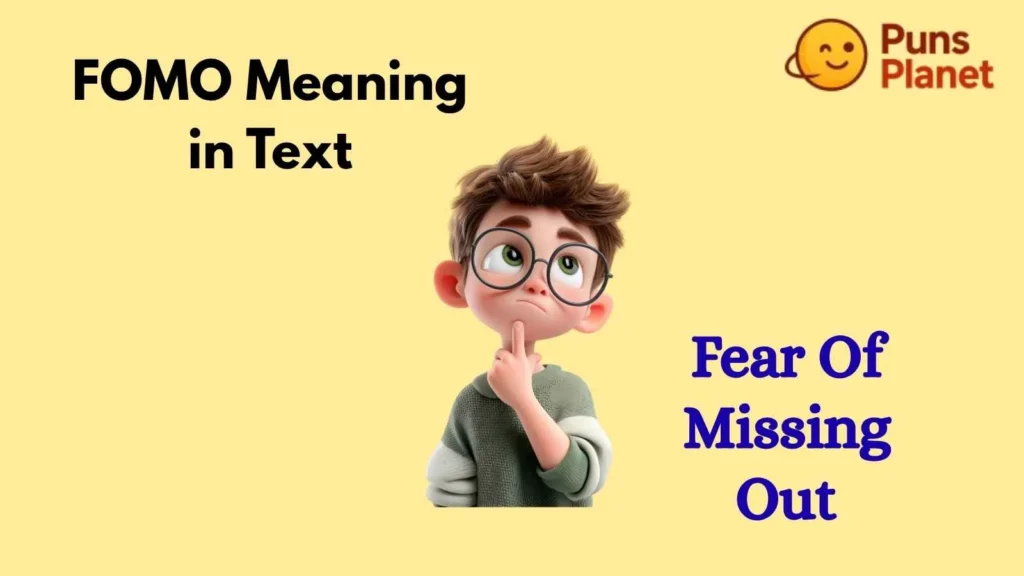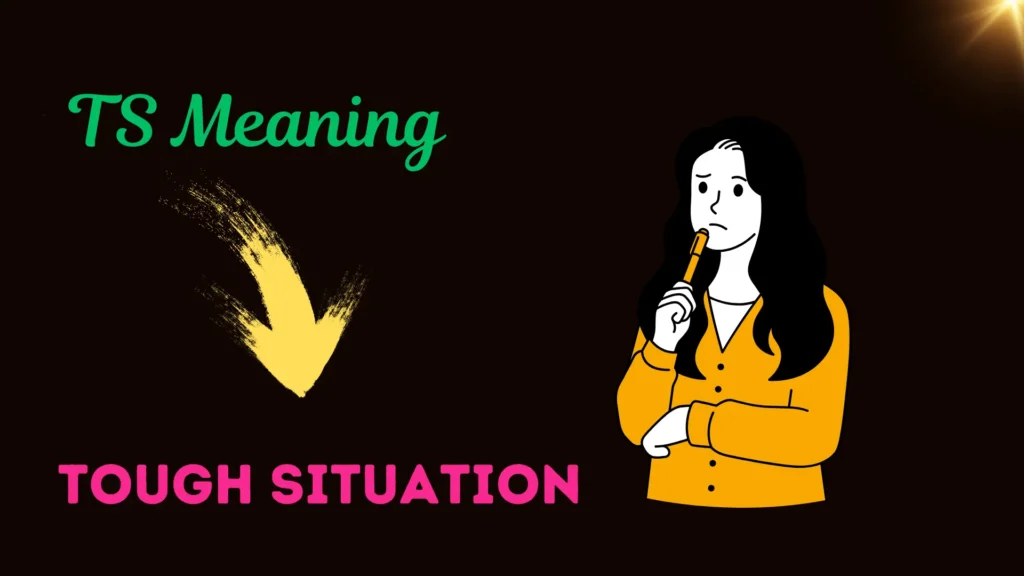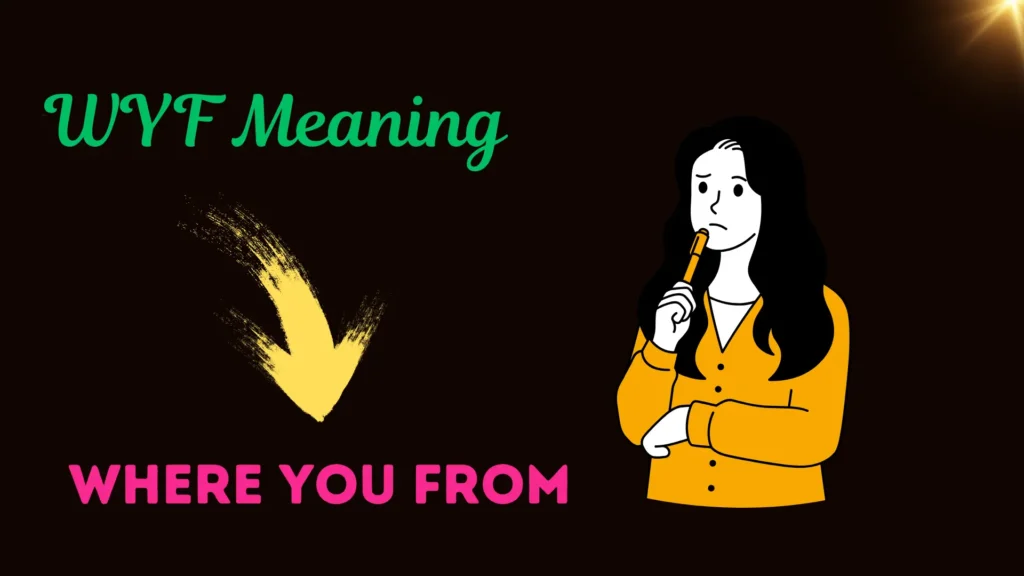FOMO meaning in text is a hot phrase you’ll see everywhere — from chat messages to social media posts. Whether you’re scrolling through Instagram stories or reading a group chat, that little acronym packs a punch.
😬 But what does it really mean? Why do so many people feel it — and why does it matter?
In this in-depth article, we dig into the roots, examples, triggers, and even how to cope with FOMO.
At the end, you’ll have a clear grasp of not just the dictionary definition, but the *human feeling* behind it.
Overview
| Term | Definition |
|---|---|
| FOMO | Fear of Missing Out |
| Origin | Popularized in early 2000s (2004) in business / social media discourse |
| Usual Context | Texting, social media, event-invitations, marketing copy |
1. What Does FOMO Stand For?
FOMO is an acronym that means **Fear Of Missing Out**. It describes a feeling of anxiety or unease that you’re *not part* of something worthwhile that others are experiencing.
In everyday texting or online chat, someone might write “I can’t go tonight — major FOMO though.” That means they feel bad about missing out on what others are doing.
Origin & History 📜

- While the concept has been around informally for ages, the acronym FOMO was popularized in the early 2000s (often 2004) in business / social media contexts.
- It grew in popularity as social media usage exploded; people could *see* things they weren’t part of.
- Before digital age, similar emotions existed — phrases like “keeping up with the Joneses” captured part of it.
2. Why Do We Use FOMO in Texts & Messages?
Using FOMO in everyday messages does more than save letters — it conveys emotion. It tells the person you’re not just opting out — you’re *feeling* it. Some reasons people use it:
- Emotional shorthand: faster way to express that uneasy feeling of missing out.
- Social signal: shows the sender cares about being included, or regrets not joining.
- Relatable slang: among younger generations especially, FOMO is widely recognized and understood.
- Marketing & persuasion: brands use FOMO-language to trigger urgency (“Limited time offer — don’t miss out!”).
In short: when you type “FOMO” in a chat, you’re framing an emotional reaction, not just a logistical excuse.
3. Common Scenarios & Examples of FOMO in Text
Here are typical situations where you might encounter “FOMO” in texting or social media:
- Invitation regret
“Wish I went to the concert — total FOMO.” - Scrolling social media
“Everyone’s at the beach day and I’m stuck at work. FOMO levels: 100%.” - Missed opportunity
“They sold out the deal by the time I checked. FOMO!” - Event vs decision anxiety
“Choosing one meetup means missing another — I hate this FOMO.”
Table: FOMO vs Other Text Slang
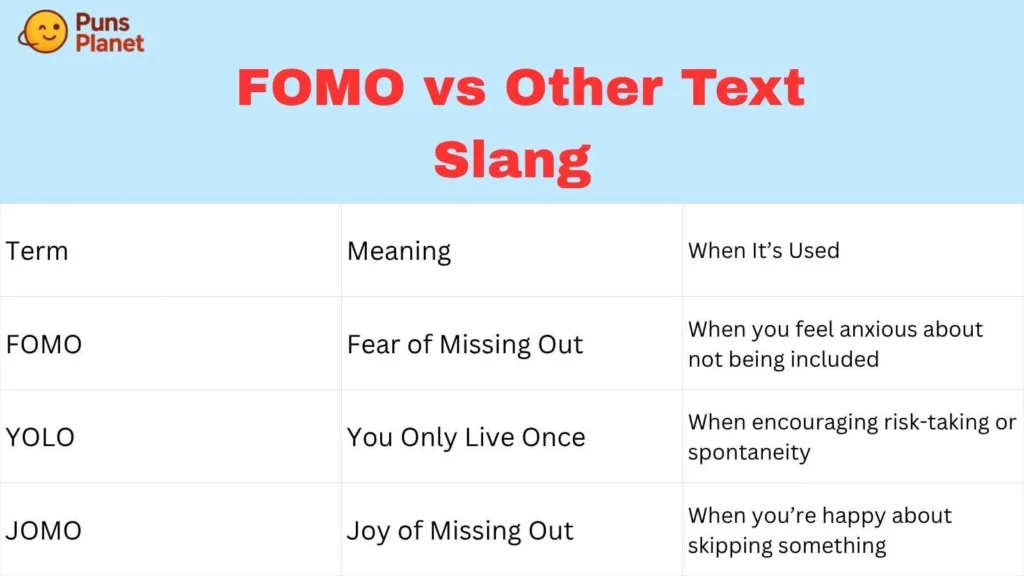
| Term | Meaning | When It’s Used |
|---|---|---|
| FOMO | Fear of Missing Out | When you feel anxious about not being included |
| YOLO | You Only Live Once | When encouraging risk-taking or spontaneity |
| JOMO | Joy of Missing Out | When you’re happy about skipping something |
4. Psychological Roots: Why It Hits Hard 💭
FOMO isn’t just slang — it taps into deeply human drives. Understanding why it matters can help you manage it.
Need for Belonging
Humans are social creatures. From childhood we learn to fit in. When others are doing something you’re *not*, it can sting.
Social Comparison & Validation
When you see curated snapshots of others’ lives (on social media or in group chats), it’s easy to compare and feel your life is “less.” That comparison fuels FOMO.
Decision Fear & Regret
Sometimes the anxiety is about making the “wrong” choice. By saying yes to one thing, you fear missing a better option.
Digital Amplification
- Real-time updates
- Notifications showing others’ fun
- “Highlights reel” effect — people share wins, not boring moments
5. How FOMO Impacts Behavior & Well-Being
Left unchecked, FOMO can affect more than mood. It may influence how you act — and even your mental health.
- Anxiety & stress: constantly feeling out of the loop or behind.
- Overcommitment: saying yes to too many events so you don’t miss anything.
- Decision fatigue: juggling too many choices in fear of regret.
- Sleep disturbance: staying up late browsing posts or comparing yourself.
While FOMO isn’t a clinical diagnosis by itself, persistent feelings associated with it can contribute to lower satisfaction and increased emotional exhaustion.
6. Variants & Related Terms
FOMO has spawned several related acronyms or concepts. Becoming familiar with them helps you understand how people talk about “missing out” in different ways.
JOMO (Joy Of Missing Out)
JOMO is the opposite emotional response — feeling content about skipping something or not being part of an event. People who embrace JOMO don’t mind missing out. They feel peace instead of anxiety.
FOBO (Fear Of a Better Option)
Rather than only being anxious you won’t be included, FOBO refers to not being able to commit because you’re afraid there *might be* something better. It’s another kind of indecision anxiety.
FOGO (Fear Of Going Out)
Some people use this (especially post-pandemic) to express anxiety regarding leaving home or engaging socially, even when events happen. It’s a variant on the same emotional spectrum.
7. How to Use FOMO in Your Writing or Chat Wisely
Whether you’re a marketer, content creator or just texting friends — using FOMO well matters. Here’s how to do it right:
- Be genuine: don’t overuse it in marketing or invites — your audience may tune it out.
- Add context: specify *what* they’ll miss (e.g. “last chance sale / only few seats left”).
- Balance tone: pair FOMO-language with reassurance (e.g. “don’t miss, but you’re safe”).
- Use sparingly: avoid triggering unnecessary anxiety in your readers or friends.
Example Text Snippets
Here are sample ways to use “FOMO” naturally:
- “Can’t wait to see your pics from tonight… total FOMO I missed out.”
- “Sale ends midnight — grab yours now so you don’t get FOMO.”
- “Skipped the meetup because of work. Already feeling FOMO.”
8. Detecting FOMO in Others’ Messages
Sometimes you’re on the receiving end — you see FOMO in someone else’s tone. Recognizing it can help you respond empathetically.
- “Wish I was there” — direct expression of regret.
- “Your stories looked amazing” — they’re acknowledging your experience but feel excluded.
- “Why didn’t I know about this?” — frustration or confusion about invitation or awareness.
Responding might include reassurance (“You should’ve come! Would’ve been fun.”), sharing details, or planning to include them next time.
9. Cultural Considerations & Trends
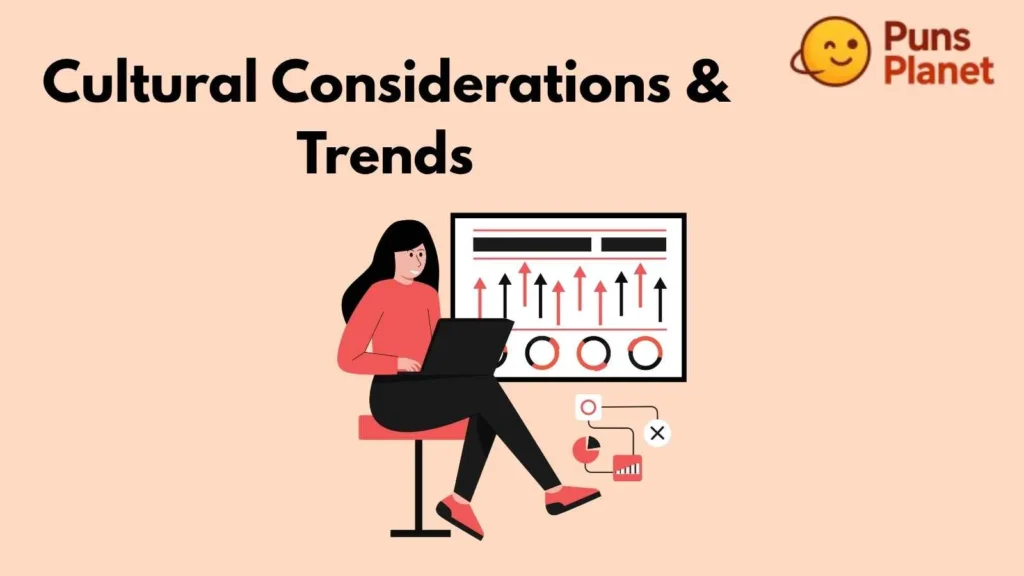
FOMO looks different depending on age, region, platform and culture. A few trends we see:
- Younger generations (Millennials, Gen Z) report FOMO more frequently — due to social media immersion.
- People in closely knit communities may feel FOMO more strongly if they value group connection highly.
- Marketing campaigns in many countries use FOMO-style urgency (“limited seats”, “few days left”) — globally recognized trigger.
- Post-pandemic social habits have magnified or shifted how FOMO is felt — for example events delayed, hybrid gatherings, online vs offline balance.
Digital vs Offline FOMO
Social media highlights create *digital FOMO* — seeing posts online without being there physically. But offline FOMO exists too: e.g. not being invited to a family gathering, or missing out on community event that wasn’t publicized.
10. Strategies to Manage & Reduce FOMO
Feeling FOMO from time to time is normal — but if it starts hurting you, here are some practical steps to bring it down:
- Limit social media exposure — turn off non-essential notifications or set specific check times.
- Practice gratitude — remind yourself what *you* are doing rather than focusing on others’.
- Embrace JOMO — deliberately choose rest, quiet or solo moments without guilt. 🌿
- Be selective — pick events or opportunities that align with your values rather than chasing *all* of them.
- Plan in advance — RSVP early or schedule downtime to avoid overlapping options.
- Talk about it — share your feelings with friends. Often you’re not alone in feeling left out.
FAQs:
Q1: Is FOMO the same as jealousy?
No — while jealousy often involves envy over what someone has, FOMO is about missing an experience. Jealousy is relational (“I want what they have”), FOMO is situational (“I wish I were part of that event”).
Q2: Can FOMO ever be good?
Yes — in moderation. FOMO can motivate you to try new things, attend events, or stay up-to-date. It becomes harmful only when it causes anxiety or overcommitment.
Q3: How common is FOMO among people today?
Very common, especially among people who use social media frequently. Many surveys show that a large portion of young adults report experiencing FOMO regularly.
Q4: How can I tell if FOMO is affecting my mental health?
If you find you’re constantly stressed about events you didn’t attend, comparing your life to others, or overbooking yourself to avoid missing out — you may want to pause and reflect or seek support.
Q5: Is FOMO just an internet-era thing?
While modern digital tools amplify FOMO, the feeling itself existed before. What’s new is the visibility and immediacy of what we’re not part of.
Conclusion:
FOMO meaning in text is more than just an acronym — it reveals real emotional undercurrents about belonging, choice, and how we connect in a connected world.
Recognising when you feel FOMO (and why) gives you power to respond rather than react.
Whether you’re texting friends, writing marketing copy, or just reflecting on your own mindset, staying aware helps you stay balanced and less anxious.

